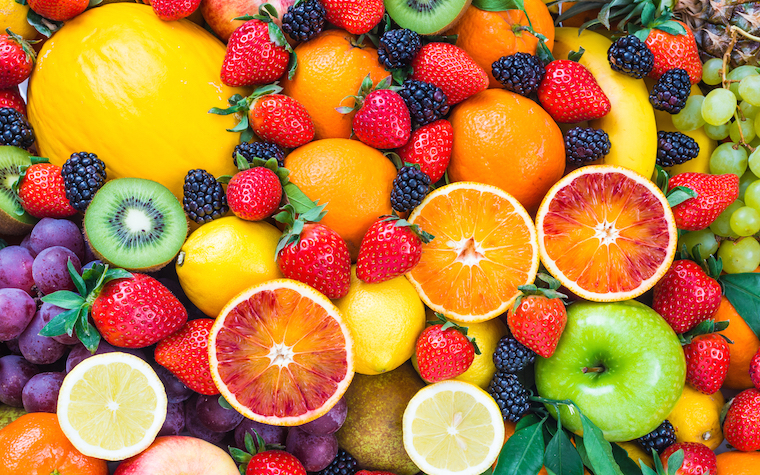For each four glasses of orange juice consumed in the world, three of them come from Brazil; the country fruit producers are trying to replicate that success but with fresh fruit exports.
Brazilian fresh fruit producers, which already supply a domestic market worth $10 billion in revenue, are looking to increase their exports abroad beyond the current 3 percent of total production.
“We want to double that number, take to 6 percent by 2020, but the main competitor of the Brazilian exporter is the Brazilian consumer as the internal market is so big,” said Brazil Helio Lobo, who is working with the biggest association of fresh fruit producers and the country´s government to try to increase fresh fruit shipments.
Brazil is the world´s third producer of fruits after China and India but despite this nearly all the 45 million tons of fruit produced are eaten in Brazil before they get a chance to get shipped, Lobo said.
However, there are works underway to increase productivity and also to identify new markets to increase the fruits shipped by the country which include papayas, melons, apples, bananas and limes. Fresh fruit exports are currently earning the country producers $700 million in revenue annually, triple from what it was in 2009.
“Our tag line is 'Gifted by the Sun',” Lobo said. He added that the promotional emphasis will be stressing that in Brazil fruit is allowed a longer process to mature which results in superior quality thanks to a better equilibrium of sugar.
“Most of our fruits go to Europe and the United States," Lobo said. "Now we are working to spread destinations to Middle East and elsewhere in Latin America."
The efforts will concentrate on improving the shipments of fresh fruit as the country has already a successful experience in shipping fruit juices.
“From each four glasses of orange juice consumed in the world, three of them come from Brazil," Lobo said. "We cannot make that much better.”
However, there are other lesser known fruits like acai which is being increasingly shipped to be consumed in markets as far away as Japan, where it is mixed with yogurt.
There is an entire family of "superfruits" that grow in Amazon areas, like Camu Camu, which have high levels of antioxidants and vitamins, Lobo said.
The government and the producer organizations are intensely working to increase productivity to meet the expected rising demand from exports. Local demand is not expected to increase much.
“The internal market is stable," Lobo said. "It only grows as the population grows.”

 Alerts Sign-up
Alerts Sign-up